| The first announcement of a Tri-Jet
airliner built in the Soviet Union appeared in 1966. At that time a Prototype of the Tu-154 was being built.
The first scheduled test flight was to
begin in late 1967. The first prototype
flew a year later in October, 1968. This
aircraft displayed the serial number
CCCP-85000. The aircraft was designed primarily as a medium to long
range domestic aircraft, and was intended to replace some of the older
airliners in service with Aeroflot, the
state owned airline. |
| |
| The aircraft was designed to carry
158 passengers, a three man crew, and
six cabin attendants. An all freight version was also announced, and a
stretched model, which would have
space for up to 250 passengers. The
aircraft was also projected for sales to
foreign airlines outside the U.S.S.R.
The Tu-154, coded by the Allies (“Careless”), entered Aeroflot service flying
the Moscow 2 Tbilisi, in July, 1971.
Czechoslovakia has ordered six of
these aircraft. |
|
|
| The Tupolev Tu-154 has three Kuznetsov NK-8-2 Turbo Fans with a
cruising speed of 559 miles per hour,
and with a normal operating altitude
of 36,000 feet. It has a span of 123
feet 2½ inches and a length of 157
feet 1¾ inches. In comparison with
the DC-10 which has a length of 180
feet 5 inches and a span of 155 feet 4
inches. The DC-10 has a maximum
cruising speed of 587 miles per hour. |
| |
| This kit of the Tuplov Tu-154 is
one of the latest releases by the
East German manufacturer MODELL-
BAUKASTEN in their 1/100th scale.
The latest release being the AN-12,
which will be reviewed in depth in an
upcoming issue of Scale Modeler. |
| |
| On opening the box, it becomes immediately apparent that a change has |
|



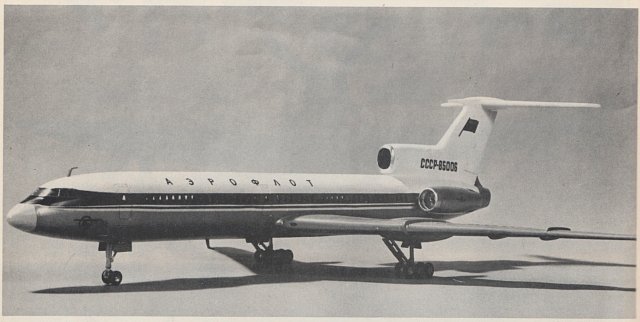


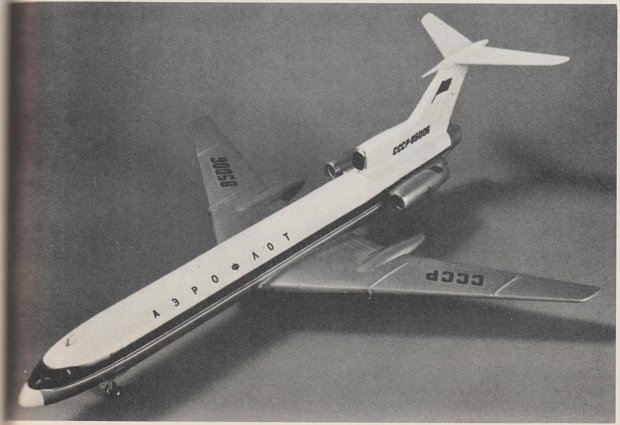
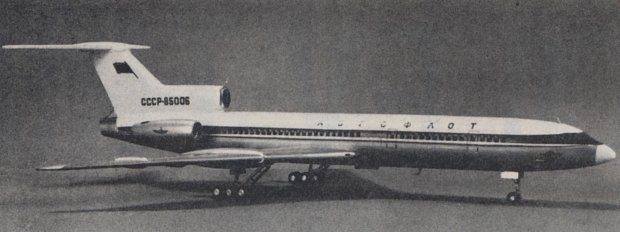
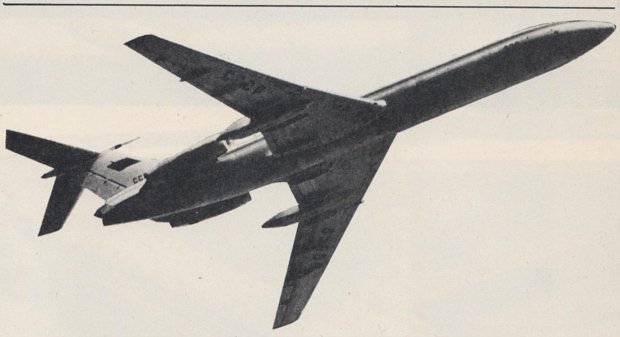



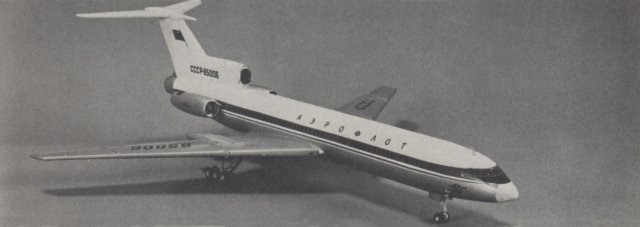
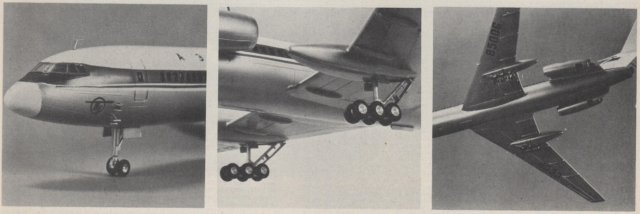
![]()